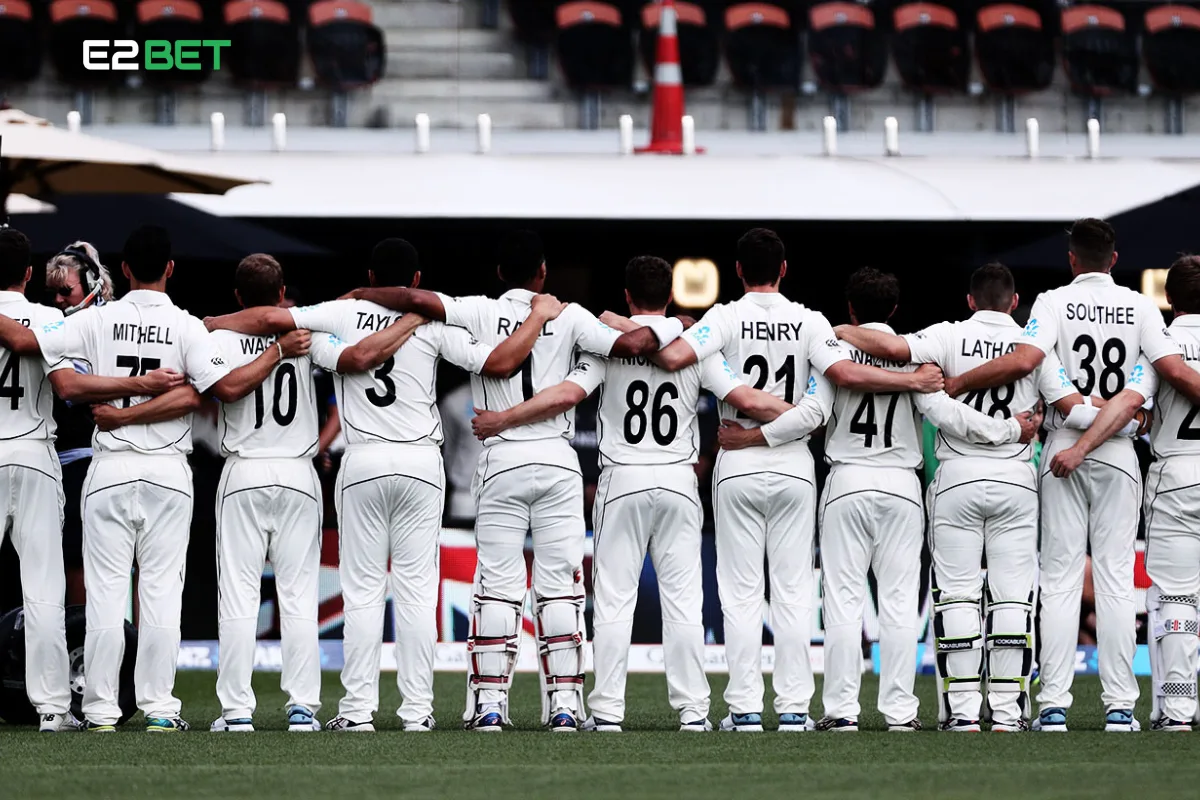Cricket is an evolving sport, and team selection criteria have changed significantly over the years. With the rise of T20 cricket, fitness requirements, and performance analytics, age in cricket has become a hot topic of discussion. Some argue that young cricketers bring energy and agility, while others emphasize that veteran cricketers provide stability and experience.
The Importance of Age in Cricket Team Selection
1. Physical Fitness and Performance Standards
Fitness is a crucial factor in cricket today. Governing bodies like the ICC and BCCI have introduced fitness benchmarks in cricket, such as the Yo-Yo test, to ensure players meet high physical standards. Younger players often perform better in these tests due to their agility, endurance, and quick reflexes.
2. Young Players in T20 Cricket
The T20 format has revolutionized cricket, favoring younger players who can bat explosively and field aggressively. Teams like India, Australia, and England often prioritize young talents who can keep up with the fast pace of the game.
Advantages of Young Cricketers:
- Quick reflexes and better stamina
- Adaptability to fast-paced matches
- High energy levels and fearless approach

3. The Role of Experience in Test and ODI Cricket
While T20 leagues favor younger players, Test cricket and ODIs still value experience. Veteran players like Virat Kohli, Steve Smith, and Kane Williamson are crucial for their teams due to their technical skills, game awareness, and ability to handle pressure.
Why Experience Matters in Longer Formats:
- Better temperament and decision-making
- Ability to handle pressure situations
- Strong technical skills against challenging conditions
4. Case Studies of Age and Selection Trends
Youngest Cricketer in International Cricket
Players like Sachin Tendulkar and Prithvi Shaw made their debut at a very young age. Their early start gave them an edge in developing their skills over time.
Oldest Cricketer to Play in a World Cup
On the other hand, Misbah-ul-Haq and Chris Gayle played international cricket well into their late 30s, proving that fitness and experience can outweigh age concerns.
Selection Policies: How Cricket Boards Approach Age Factor
5. ICC and BCCI Selection Criteria
Different cricket boards have varying selection policies:
- BCCI selection policy: Focuses on domestic performance and fitness standards.
- England cricket squad age composition: A mix of youth and experience to maintain balance.
- Pakistan cricket team selection trends: Often prioritize young talent but retain experienced players for key tournaments.
6. Retirement Trends in Modern Cricket
In the past, players retired in their mid-30s, but with improved fitness training, many cricketers continue playing longer. MS Dhoni, for instance, extended his career due to exceptional fitness levels.
The Impact of Age on Different Cricketing Roles
7. Age and Batting Performance
Batters often peak in their late 20s and early 30s. However, players like Joe Root and Babar Azam have performed exceptionally well at a young age.
8. Age and Bowling Performance
Fast bowlers tend to decline earlier due to physical strain, but spinners like Ravichandran Ashwin and Nathan Lyon have shown longevity.
Balancing Youth and Experience: Finding the Right Mix
9. Selection in Major Tournaments (IPL, World Cup, Ashes)
Teams aim to balance youth and experience in crucial tournaments like the IPL selection process and the ODI World Cup.
Examples:
- India’s 2011 World Cup squad: A mix of veterans like Sachin Tendulkar and young stars like Virat Kohli.
- England’s 2019 World Cup squad: A blend of young power-hitters and experienced campaigners.
10. The Future of Cricket Selection Policies
With technological advancements in cricket performance analysis, teams are now using data-driven methods to select players. AI-driven scouting systems evaluate both young and experienced players based on recent performances.
Conclusion
Age plays a significant role in modern cricket team selection, but it’s not the only factor. While young cricketers bring energy, veteran cricketers offer experience and reliability. The ideal team composition depends on the format, tournament, and the team’s long-term strategy.
FAQs
1. What is the ideal age for a cricketer to debut?
Ans: Most players debut between 18-25 years, but exceptions exist, like Sachin Tendulkar (16 years) and Michael Hussey (30 years).
2. Why do fast bowlers retire earlier than batsmen?
Ans: Fast bowlers face higher physical stress, leading to injuries and early retirement compared to batters and spinners.
3. Do cricket teams have age restrictions?
Ans: No official age restrictions exist, but fitness and performance criteria play a crucial role in selection.
4. How do cricket boards balance youth and experience?
Ans: Selection committees use performance data, fitness tests, and scouting to create a balanced squad.
5. What role does age play in franchise cricket leagues like the IPL?
Ans: Franchise leagues often prioritize younger players, but experienced players are retained for leadership and stability.